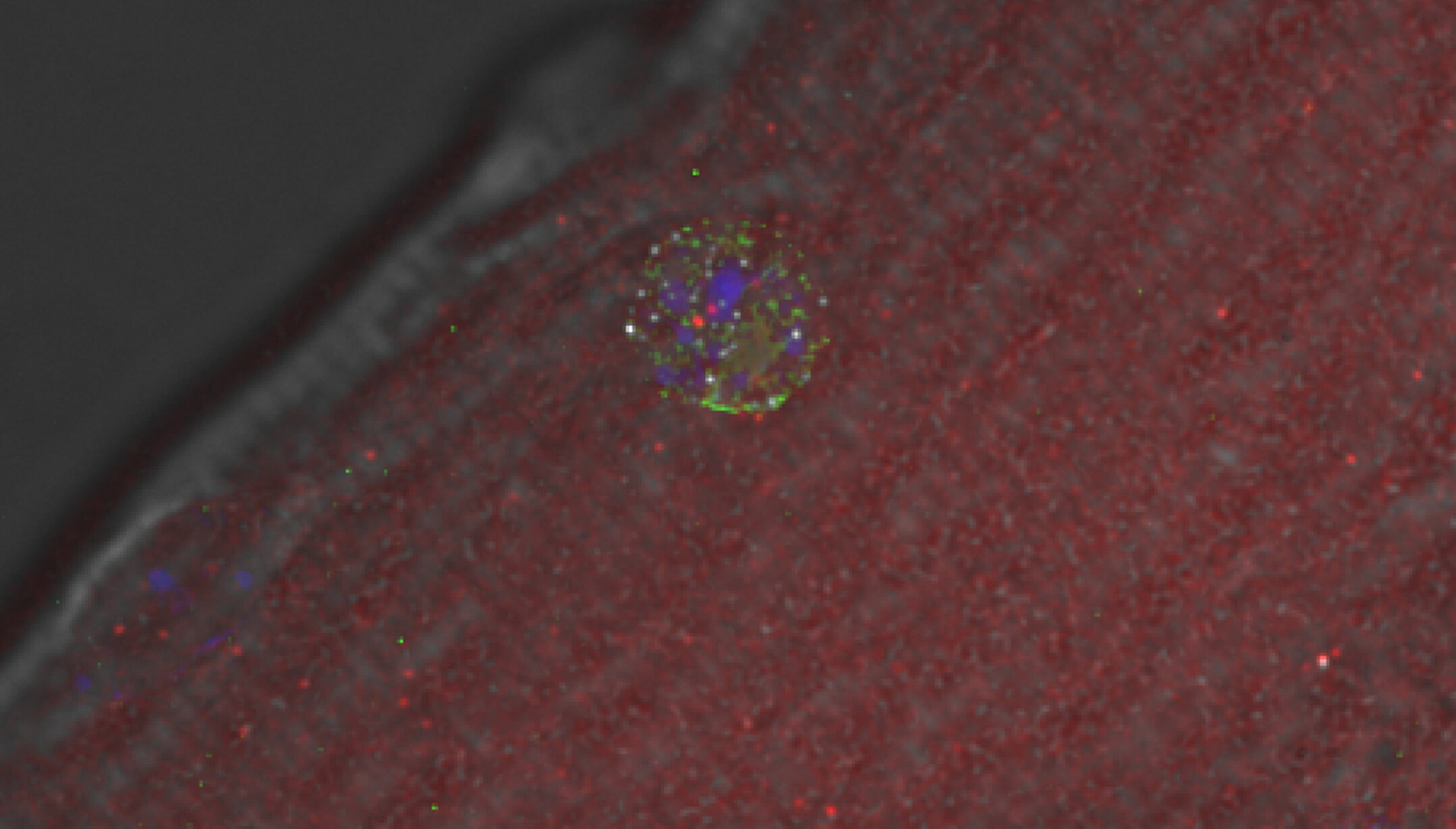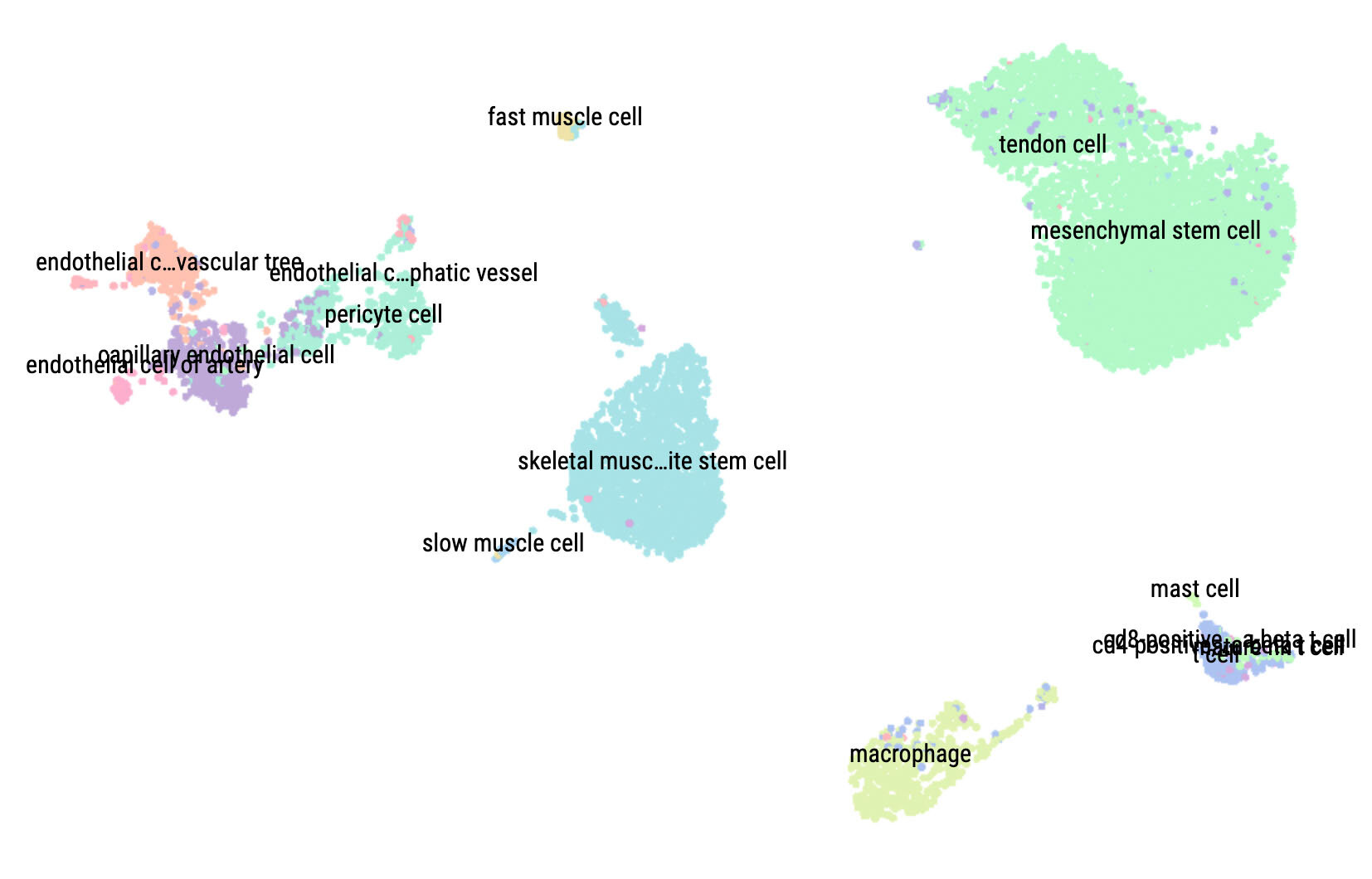
Stem Cell Biology & Regenerative Medicine
Our Mission:
To understand how adult stem cells work at a molecular and cellular level in order to design new therapies for regenerative medicine, and, in the process, to train and prepare the next generation of scientists.
Muscle stem cells repress MyoD translation to stay quiescent, yet primed for activation (de Morree et al (PNAS) 2017).
How stem cells control the quiescent state, including entry, maintenance, and exit
Many tissues in the adult body contain populations of stem cells that adopt a quiescent state. Examples are neural stem cells in the brain, muscle stem cell in skeletal muscle, and long-term hematopoietic stem cells in the bone marrow. These cells withdraw from to cell cycle for prolonged periods of time, while retaining the potential to activate and expand when needed. Regulation of the quiescent state is key to their function and we want to understand the mechanisms that enable stem cells to regulate the quiescencent state. How do these cells prevent activation during homeostasis? How do they activate rapidly when needed? What enables them to exit the cell cycle without losing their potential? Answers to these questions will further our understanding of stem cell biology and help us to design interventions to improve stem cell function in regenerative medicine.
How to identify and characterize quiescent stem cell populations
Quiescent stem cells are rare. To study them, we need good cell surface markers to enrich and purify these rare cells. Moreover, their role in injury response makes them hard to study; purification of the cells requires tissue dissociation, which essentially mimics and injury, which in turn triggers activation. Therefore, we need tools to study them in vivo. We are interested in technological advances that give us new ways to approach and handle these cells.
Post-transcriptional control of gene expression
One surprising phenomenon is that quiescent stem cells express a multitude of different transcript isoforms for any given gene, and these isoforms can have different functions and are differentially regulated. For example, we found that muscle stem cells express short and long isoforms of Pax3 mRNA, but only the long isoforms are repressed by microRNAs. A key interest of the lab is to understand how quiescent stem cell work with different transcript isoforms. How do quiescent stem cells generate different mRNA isoforms, how do these isoforms affect stem cell function, and how do the cells regulate these different isoforms?
Quiescent stem cells in extreme environments
Quiescent stem cells lead a tough life. They must refrain from action for long period and tone down their metabolism and gene expression. When needed, they must ramp up the metabolic processes to drive proliferation and deal with all sorts of stressors. The lab is interested in learning about quiescent stem cells from models in extreme environments. Side projects deal with microgravity and irradiation in space, primate biology and torpor, arctic (subzero) animals, migratory insects, and even dinosaurs.



